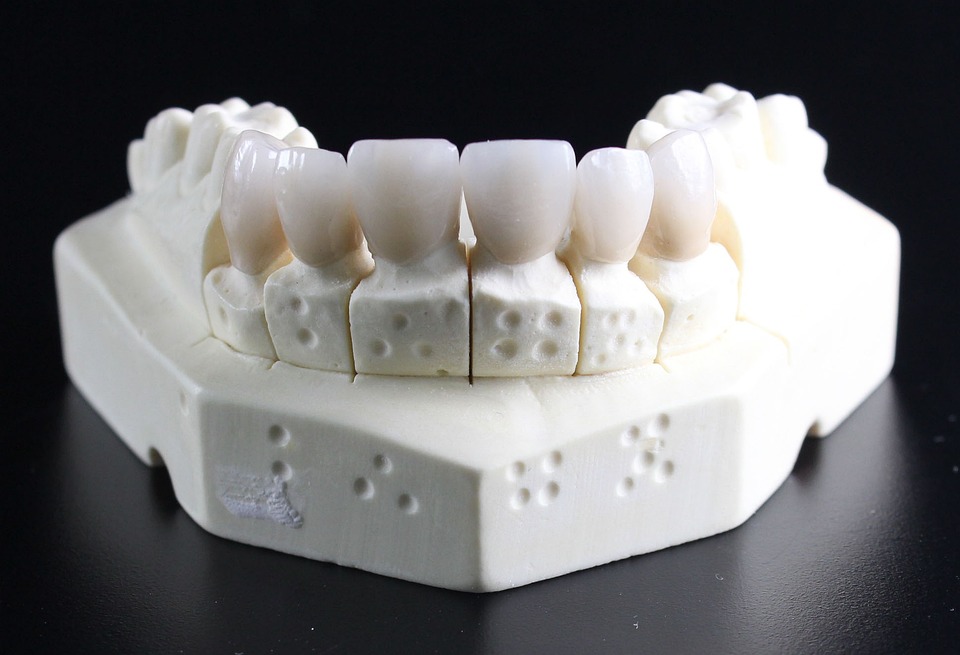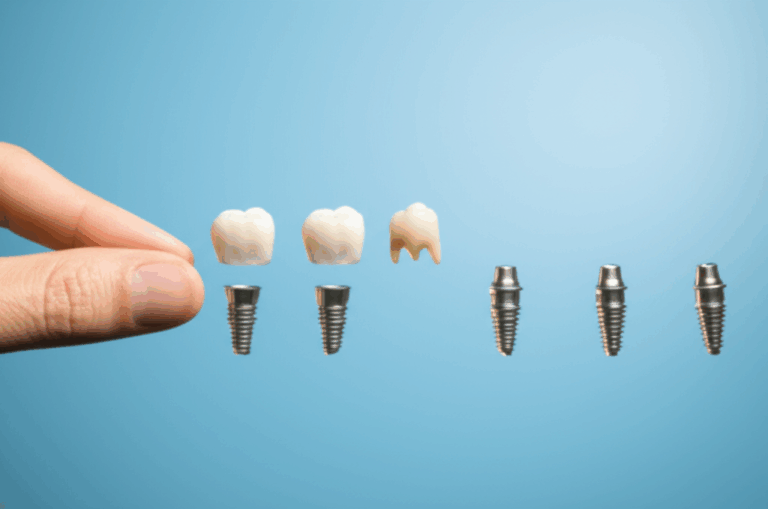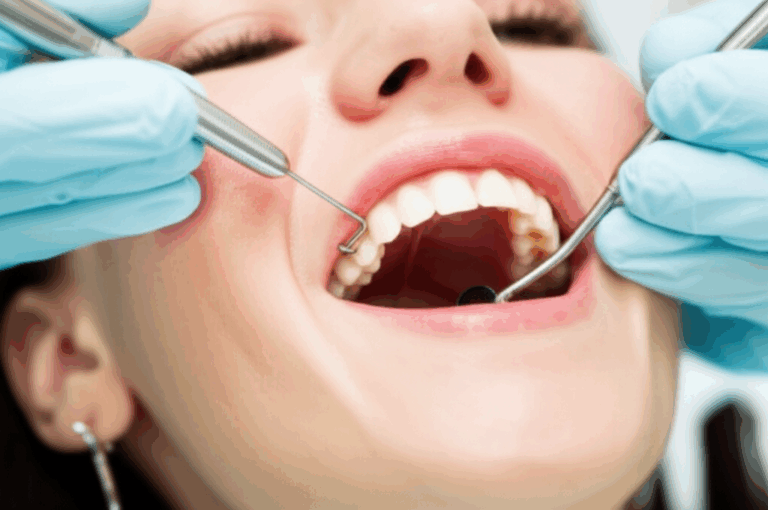
Are Lumineers Better Than Veneers
I been there. You look in the mirror and all you see is that one tooth that’s crooked, that coffee stain that wont go away, or that little gap you always hated. It make you feel worried about your look. You want that bright, confident smile you see on TV, but the world of smile makeovers is confusing. You hear words like "veneers" and "Lumineers" thrown around. They sound the same, but you know the choice is a big one. It’s forever and it costs real money. This article is for you. I’m going to cut through the fancy dentist words and give you the simple truth, from what I know, on the real differences between these two common choices. We’re gonna look at the good, the bad, and what you really need to know to pick the right thing for your smile.
What’s a Veneer, Anyway? Let’s Start at the Start.
Let’s pretend your tooth is a wall in your house. You don’t like the color or how it feels. A regular porcelain veneer is like putting up new, pretty drywall. To make it fit perfect and look real, the worker (your dentist) has to sand down the wall a little bit. This make sure the new layer sits flat and dont stick out.
In the same way, a regular veneer is a thin cover of porcelain, made special to fit over the front of your tooth. To put it on, your dentist needs to take off a small bit of your real tooth, usually about half a millimeter. This is a very thin layer, like how thick a contact lens or a fingernail is.
This first step is real important. It makes space for the veneer so it doesn’t look big or fake. It also help the veneer stick good to your tooth. After the tooth is ready, your dentist takes a mold. This mold is sent to a good veneer lab, where a smart worker makes your special veneer. You’ll wear a fake one for a week or two, and then you go back to have your forever, perfect new smile glued on.
So, How are Lumineers Different?
Now, let’s go back to our house example. If a regular veneer is like putting up new drywall, a Lumineer is like putting on a new, perfect coat of paint. You’re not really changing the wall underneath; you’re just making the outside look better. Lumineers are a brand name of “no-work” or “little-work” veneers. They are much, much thinner than regular veneers. Think paper-thin.
Because they is so thin, the big reason to get them is that your dentist usually don’t need to shave down any of your real tooth. This is a huge deal for a lot of peoples. The idea of changing a healthy tooth forever can be scary. With Lumineers, the dentist just takes a mold of your teeth and sends it to the lab.
When the super-thin Lumineers come back, they are glued right onto the front of your teeth. The job is quicker, has less steps, and is usually easier on you. It sounds like an easy choice, right? Well, it’s not that simple. This no-work way has its own bad sides, which we need to talk about.
Which One Looks More Real? The Big Question.
You want a better smile, but you don’t want people to know you got work did. You want them to think you was just born with great teeth. So, which one looks the most real? Honest, this is where regular veneers are usually better. It might sound weird, but taking off a tiny bit of tooth can lead to a better looking result.
Think about it. By making a little space, the lab person has more room to work with. They can build in different shades of color, and that see-through look that copies a real tooth. A master worker at a top arch dental lab can make a porcelain veneer that is really a piece of art, you can’t tell them apart from a real tooth. Because Lumineers are just put on top of the tooth, they can sometimes look a little big or thick, specially around your gums.
But, this all depends on how good your dentist is and the lab they use. A great dentist can get a beautiful look with Lumineers on the right person. But if you’re trying to fix big problems like very dark stains or really crooked teeth, a regular veneer gives the dentist and the lab more power to make a big change that looks real.
Is the Work Painful? (The Part Everyone Worries About)
Let’s be real, nobody likes thinking about dentist work. The sound of the drill are enough to make anyone nervous. So, how do these two compare when it comes to being comfy? This is where Lumineers are really good for people who are nervous. Since there’s usually no drilling or grinding of your real tooth, the work is often not painful at all. You won’t even need a numbing shot.
The work for regular veneers is a bit different. Because the dentist is taking off a thin layer of tooth, you will need to be numbed. But let’s be clear: the work itself should not hurt. You’ll feel some pushing and shaking, but you shouldn’t feel pain because of the numbing shot.
After the numbing goes away, some people’s teeth might hurt a little for a few days, especially when wearing the fake veneers. It’s usually not bad and you can fix it with pain pills from the store. So, while Lumineers are the winner for a totally pain-free time, regular veneers are not the scary, painful thing that many people think. A good dentist will make sure you are comfy the whole time.
Are Lumineers Really “Can Be Undone”?
One of the biggest things they say to sell Lumineers is that they “can be undone.” The idea is that since no tooth was taken off, a dentist could just pop them off, and you’d have your old smile back. This sounds great, but it’s not the whole truth. While it’s true in a way that the tooth underneath is still whole, the job isn’t as simple as it sounds.
First, the glue used to stick Lumineers on are super strong. It has to be, or they would fall off! Taking them off is a careful job that means grinding the Lumineer off the tooth. There is a chance of hurting the real tooth underneath when they do this.
More important, your gums and your bite will have gotten used to having the Lumineers there. Going back to your old teeth might feel weird. So, while it’s a nice thought, you should go into any veneer work, including Lumineers, thinking that it’s for a long time. Don’t pick Lumineers just because you think you can easy change your mind later.
Who is a Good Person for Regular Veneers?
Regular veneers are the big guns of pretty dental work. They can fix a lot of things. If you’re nodding your head to any of the problems on this list, regular veneers might be the best way for you.
You’re a great person for it if you have teeth that are a little crooked, really bad stains that whitening can’t fix, or small gaps between your teeth. They are also great for fixing teeth that are chipped, cracked, or worn down. Because the dentist gets the tooth ready, they can fix small crookedness and completely hide even the darkest stains.
Basically, if you’re looking for a total smile makeover and wants the strongest, most real-looking, and longest-lasting result, regular veneers are often the best choice. They give the dentist the most power to make your dream smile. A good dentist will help you make sure you are taking care of your teeth health before and after the work.
When are Lumineers the Smarter Choice?
Lumineers isn’t for everyone, but for the right person, they can be a great, easier choice. They work best for people who already have pretty straight teeth but want to make small pretty improvements. Think of it as making it a little better, not totally rebuilding it.
You might be good for Lumineers if you have teeth that are just a little stained or yellow. They are also good for adding a bit of length to small or worn teeth, or for fixing very tiny chips. The main thing is that you’re starting with good teeth. You cant use Lumineers to fix really crowded teeth or hide very dark stains, because the real tooth will show through the super-thin cover.
If the main thing you worry about is keeping your real tooth and you only need small changes, Lumineers are something you should talk to your dentist about. It’s an easier way to get that extra sparkle and confidence you’re looking for.
What About the Cost? Let’s Talk Money.
Alright, let’s get to the real deal. A pretty smile is a big buy, so what can you expect to pay? The cost of both veneers and Lumineers can be very different depending on where you live, how much your dentist knows, and how much work you need. But, you might be surprised to learn that there isn’t not always a huge price difference between the two.
You might think that because the Lumineers job is simpler, it would be much cheaper. But that’s not always true. Lumineers are a brand name, and the material and lab costs that go with them can be high. In many cases, the price for one Lumineer is very close to the price for one regular porcelain veneer.
On average, you can expect to pay anywhere from $800 to $2,500 *per tooth* for either choice. The only way to get a real number is to go talk to a dentist who does this work. They can check your needs and give you a list of the costs. Don’t let cost be the only reason you pick; how good the dentist is is way more important.
How Do I Choose the Right Dentist and Lab for the Job?
This is the most important question of all. You can have the best stuff in the world, but if the artist isn’t good, the painting won’t be pretty. If your new smile looks good is almost all about how good your dentist is and the quality of the dental lab they work with.
When picking a dentist, ask to see pictures of their work. Look at before-and-after photos of smiles like yours. A great dentist who does this work will be proud to show you what they’ve done. Also, ask them what veneer lab they works with. A top-level dentist works with a top-level lab person. Some dentists may even use an overseas china dental lab to make it cheaper, but you should ask about how they check for quality and the stuff they use.
Don’t be scared to get another opinion, maybe even two. This is a big choice. You want to find a dentist who listens to you, knows what you want, and makes you feel good and sure about what they can do. Your smile is too important to trust to just anyone. A good friendship with your dentist can also help you stay away from future dental diseases by making you want to have better mouth cleaning habits.
So, What’s the Final Answer?
After all this, are Lumineers better than veneers? The honest answer is: it’s all about you. There is no single “better” choice. The best choice is the one that is the best and safest way to get the smile you want.
If you have big pretty problems to fix—like crookedness, big gaps, or dark stains—and you want the strongest and most real-looking smile you can get, regular veneers are probably your best choice.
If you have a pretty good smile already and are just looking for a small improvement—to make your teeth brighter or fix a tiny chip—and you are very worried about keeping your real tooth, then Lumineers could be the perfect thing for you.
The most important step is to have a real talk with a dentist who knows this work. They can check your teeth, listen to what you want, and tell you the treatment that will give you a healthy, pretty smile you’ll be proud to show off for years to come.
A Few More Things I Learned
- How long do veneers and Lumineers last? If you take care of them—good brushing, flossing, and regular dentist checkups—both can last a very long time, often 10 to 20 years or even more.
- Do they stain like real teeth? No! Good quality porcelain don’t stain from coffee, tea, and red wine. This is one of the best things.
- Can you still get cavities? Yes. The veneer only covers the front of your tooth. The back and sides are still your real tooth, so you have to keep your mouth very clean to stop decay.
The Most Important Things to Remember
- Regular Veneers are best for big changes. They need a tiny bit of tooth removed but give the most real look and can fix bigger problems.
- Lumineers are best for small improvements. They are super-thin, don’t need tooth removed, but can’t fix big problems and can sometimes look a little big.
- Your Dentist is Most Important. How good your dentist is and the quality of their lab partner are the most important things for a great smile.
- It’s For a Long Time. Don’t think of either one as easy to “undo.” Plan on this being your new, forever smile.
- Talk to a Dentist. The best choice comes from a good long talk with a dentist you trust.








